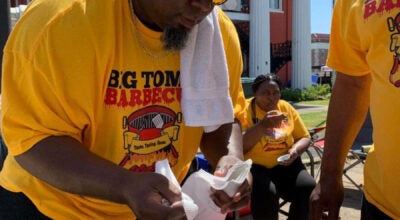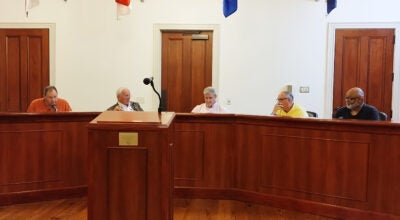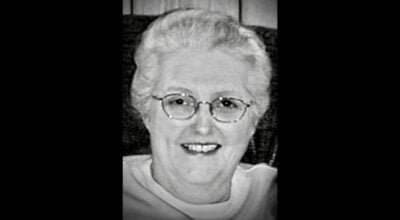Hoven serves aboard Deepwater Horizon
Published 11:08 pm Tuesday, June 15, 2010
Demopolis native Marty Hoven works as a clerk/medic for Helix Energy Solutions onboard the Helix Key 4000, a semisubmersible oil rig in the Gulf of Mexico similar to British Petroleum’s Transocean Deepwater Horizon, which suffered an explosion on April 20, causing a tremendous oil spill that continues to gush.
“That morning, I was on the way to Jackson, and one of the medics called me and asked me if I had heard about the oil rig explosion,” Hoven said. “I said that I hadn’t heard anything about it, and I found out that it was 30 miles from us. The people on my rig could see the fireball.
“That Friday, a guy I work with called me back and said, ‘I’m sure glad you’re coming to work Monday,’ and I said, ‘Why is that? Problems?’ He said, ‘No, it’s just where you’re going to be.’ I said ‘Where is that?’ and he said, ‘Ground Zero.’”
Hoven worked onboard the Horizon itself, performing similar duties that he did onboard the Key 4000. He spent his normal work shift, 28 days, onboard the Horizon, returning to Demopolis on June 1.
“To me, it was just business as usual,” he said. “When I got there, we were just getting started. A few of BP’s people were onboard. It was sort of confusing, because there were too many chiefs and not enough Indians, and the chiefs weren’t where they needed to be.
“People from town were sending people out to us, and we had no idea who was supposed to be coming. The wellsite leaders didn’t know; no one told them anything. We finally got logistics people out thee, and it got better, but we finally just said, ‘Stop. Do not send anyone else out here unless you let us know who they are and we say OK.’”
Hoven said he saw boats and rigs very close together, which is unusual, and oil streaking the water with a rainbow-colored sheen.
“Our first project was lowering the coffer dam,” he said. “We moved into position for that, the Joe Griffin moved in beside us, and that night, everyone saw on television, when it was lowered into the water. I was watching from the bridge. I also worked with the Topkill and Junk Shot projects.”
Most of Hoven’s work is in the form of paperwork, keeping track of the personnel onboard. He maintains a registry of the people onboard and what room they are in, in case of emergency.
“We have to know who’s onboard at all times,” Hoven said. “My report is printed out and put at all of the lifeboat stations. That’s what we go by for lifeboat drills or if there is an emergency, we call roll from that.”





